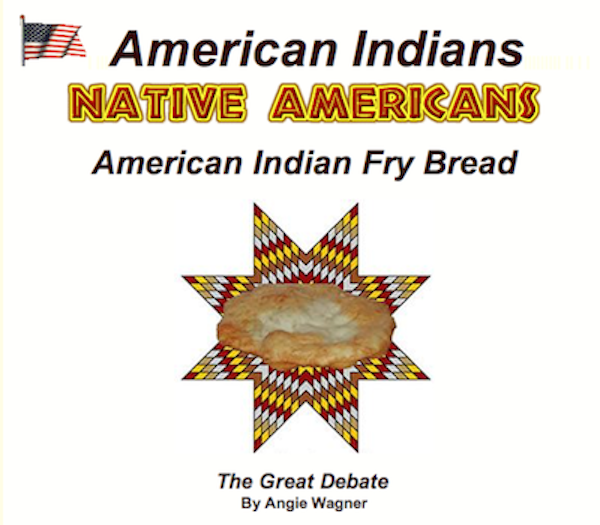|
||||
History of Ojibwe and Other Tribes during the Twentieth Century
Boarding SchoolsIn the 1870s, army officer Richard Henry Pratt devised a new program for accelerating assimilation of Native American people into white society. By taking children away from their parents and exposing them to white culture in residential boarding schools, Pratt believed that it would be possible to "kill the Indian to save the man." After experimenting with such schooling in Florida, he founded the Carlisle Indian School in Carlisle, Pennsylvania, in 1879. Other schools followed, such as the Haskell Institute of Lawrence, Kansas, founded in 1884. In Wisconsin, boarding schools were established at Wittenberg (1886), Tomah (1893), Lac du Flambeau (1895), Red Springs (1901) and Hayward (1901), offering a combination of basic education and vocational training that followed the pattern of off-reservation boarding schools that had been established elsewhere. Often children who were sent to school at the age of six were not allowed to return home for years on end, sometimes not returning until the completion of high school many years later. The "Browning Ruling" in effect from 1896 until 1902 explicitly denied Indian parents the right to determine what school their children would attend, and decisions about whether a child was permitted to return home were made solely by school superintendents. During the periods when school was not in session, children were often hired out as farm labor or domestic servants to white households, where they were often paid less than half of what a white servant would make. At boarding schools, children were not able to use or develop their native languages, but were compelled instead to use English. Although critics called for the abolition of the boarding school system already in the 1920s, the boarding school system persisted for much of the twentieth century, reaching its highest enrollments in the 1970s. The Indian Self-Determination and Education Assistance Act of 1975 provided the framework at last for a dismantling of the system and development of educational opportunities with more localized schools and educational choice in the later twentieth century and present century. It is valuable to keep this grim history of Indian education in mind when thinking of the innovative and culturally sensitive ENVISION program developed by the Lac du Flambeau tribe and discussed in the EDUCATION page of this website. This history also serves as a backdrop to the decision of the Lac du Flambeau tribe on how to use the former boys' dormitory of the Lac du Flambeau boarding school, as discussed on the WEST page of this website. You can watch videos about the boarding school experiences of Native American children in the Youtube videos listed below.
Indian boarding schools in Montana You can find many interesting archival photographs of Wisconsin Indian boarding schools in the photo collection of the Wisconsin Historical Society. You can find a wealth of information on the past and present education of Native American children at the Native American Education website. See also: Brenda J. Child. 1998. Boarding School Seasons: American Indian Families. Lincoln: University of Nebraska Press.
The Indian New DealLegislation turned for the better for tribes throughout the US with the passage of the Indian Reorganization Act (IRA) of 1934. Also known as the "Indian New Deal," the law reversed the privatization policy of the Dawes Act and restored tribal management of lands that had not yet been allotted to individuals. It aimed at restoring tribal sovereignty, particularly in the area of lands and resources. In the same year, two further Chippewa/Ojibwe reservations were established for bands that had not received lands in the 1854 Treaty of La Pointe. The St. Croix and Sokaogon (Mole Lake) reservations were established on the basis of land allotments and joined the ranks of the four other Ojibwe reservations, with their tribes becoming recognized WI nations along with the Menominee, Ho-Chunk, Potawatomi, Oneida, and the Stockbridge-Munsee Band of Mohican Indians. "Termination""Termination" was an insidious addendum to the IRA, added by Congress when the bill was first passed in 1934. It was not until 1954, however, that the government began to implement this part of the law. Under termination, tribes that appeared likely candidates for full assimilation into American majority culture could elect (or be persuaded) to give up their tribal status. Their lands became converted into private holdings, municipalities and counties. Some 61 tribal nations underwent termination, including the Menominee of Wisconsin. When the full implications of termination policies became known, many tribes bitterly regretted the process. In a long series of legal battles that culminated with the US Supreme Court decision Menominee Tribe v. United States (1968), the country's highest court rule that the Menominee tribe retained their traditional hunting and fishing rights, as these had not been explicitly terminated in legislation. The tribe was able to regain its federal recognition in 1973, and reinstated its reservation in 1975. Important in the efforts to restore Menominee tribal status was tribal member and UW-Madison faculty member Ada Deer, who went on to become the first woman and the first Native American to head the US Bureau of Indian Affairs from 1993 to 1997. Commod BodsMassive clear cutting of the forests of northern Wisconsin at the hands of eastern "Lumber Barons" had led to the collapse of natural populations of wildlife and fish in the late nineteenth century. The Ojibwe and other Wisconsin tribes struggled to survive on their reservations, with food supplied by the US government to stave off starvation. This food aid, often of products that were highly processed and low in nutritional value, changed the food culture of Native communities. New dishes like frybread—today a ubiquitous and favorite food at pow wows and other public events as well as in Native households—came on the scene as staples of daily eating. Such high-calory, high-fat foodstuffs, when coupled with sedentary lifestyles and limited exercise, have been regarded as a possible source of alarming Native obesity and diabetes rates today. Called "commodity foods," or "commods" for short, such dietary items have been said to lead to "commod bods"--flabby, overweight physiques.
Read about the sometimes passionate debate regarding frybread in Angie Wagner's article HERE. Part of the idea behind this canoe project was to underscore for Ojibwe children the value of outdoor physical activity, instilling a healthier lifestyle informed by the traditions of past generations of Ojibwe people. Vantreese, Dana. 2013. "Commod Bods and Frybread Power: Government Food Aid in American Indian Culture" Journal of American Folklore 126/499: 55-69. Indian GamingSupreme Court rulings in the 1970s led to the recognition of tribal sovereignty regarding activities taking place on tribal reservations. Tribal gaming operations—casinos, bingo halls, and lotteries—developed as a new and welcome revenue source for Native communities. There are some 562 federally recognized tribes in the United States today, some 240 of which now participate in gaming. The Indian Gaming Regulatory Act of 1988 and the National Indian Gaming Commission founded that same year set rules regarding how tribes operate gaming on their lands, and federally mandated tribal-state compacts further regulate these activities, channeling some of the income away from tribal hands and into state coffers. Gaming has served as a valuable source of income and development funds for many tribes, but profits tend to vary depending on a casino's proximity to large urban centers. You can read more about tribal gaming on the website of the National Indian Gaming Commission. Read about the situation and culture of Lac du Flambeau reservation and other Wisconsin reservations today on the West Quadrant.
|


